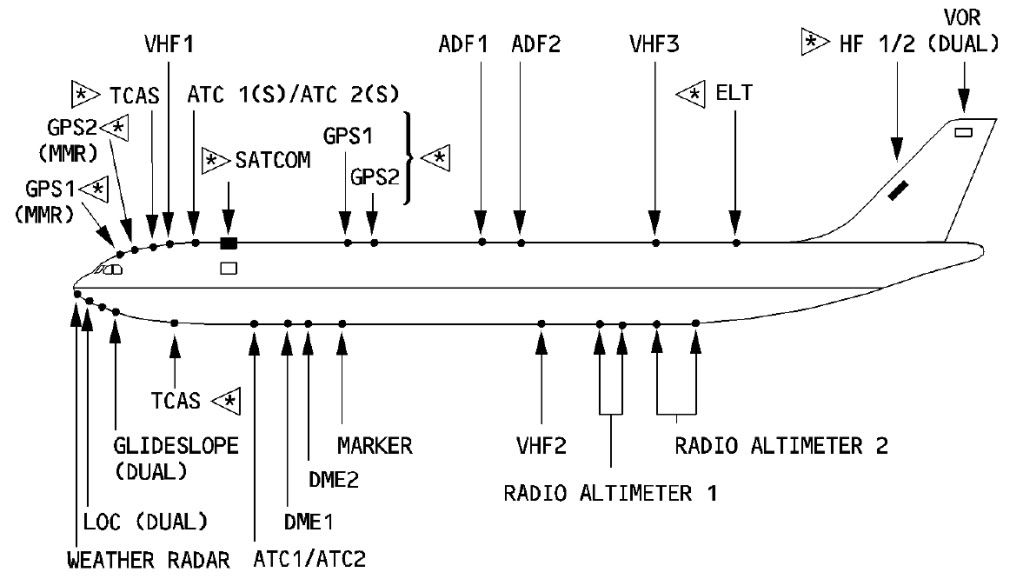henra;
If we assume that the aircraft at LKP was still at cruise speed (which can be assumed from the average speed between the two last known positions since it was in line with the average speed between the previous ones) then it had massive kinetic and potential energy at that point. So much energy is not shed that quickly in an airliner. Even a max pull- up at LKP should require 20 - 30s before stalling the plane (at that point I assume it was not yet in Alternate 2 which might allow for an accelerated stall). Stalling should happen somewhere around 350 kts ground speed. At that point it will already have travelled ~4nm and it will still be traveling at that speed.
Being so close to LKP requires some kind of course reversal at a certain point.
Regarding the proximity of the site of the wreckage with the LKP, it may be worth reviewing the "Metron Scientific Solutions" Report to the
BEA on the
Search Analysis for the Location of the AF447 Underwater Wreckage the link to which was provided in February by
Hyperveloce, which, now in hindsight, makes a great deal more sense in terms of 9 other accidents in which very high rates of descent obtained.
What has yet to be examined and then explained is the question of the state/condition of much of the recovered wreckage after June 6th or so, and, now, the state/condition of the wreckage, as seen in five photographs. It is not shattered as the Swissair 111 MD11 was but, relatively speaking, remains "intact". Notwithstanding other notions regarding the VS, engine thrust, attitude, etc, we have to conclude that it was not a high forward-speed impact like the SR111.
That kind of impact, (high vertical velocity, low forward velocity, slight yaw, slight NU pitch) precludes a number of theories regarding the way-of-descent.
A spiral dive almost always becomes a very high speed event. Even if it began that way, by what mechanism was the speed reduced and a stall precipitated followed by vertical descent, either from cruise altitudes or at some point on the way down?
If at altitude, (as has been asked many, many times previously), by what means did a loss of about 80kts (M0.82/279kts to M0.60/198kts) occur? In "normal" flight, it isn't easy! What makes such an event "easier"?
We know that a stall is a function of AoA. We know that it is not even necessary to "lose 80kts" to enter a stall. As has been asked, what of pitch-up, and by what methods?
At some point from the LKP, the aircraft entered a stall. Was it the initial stall or in a secondary or tertiary stall at the time of impact? It is difficult to accept that a fully stalled aircraft would also roll to the point of blanking the SATCOM antenna. And the question of the THS position as speed decayed, needs to be asked and answered.
PJ2
For review, antenna and probe locations:

